Made with Red Cabbage
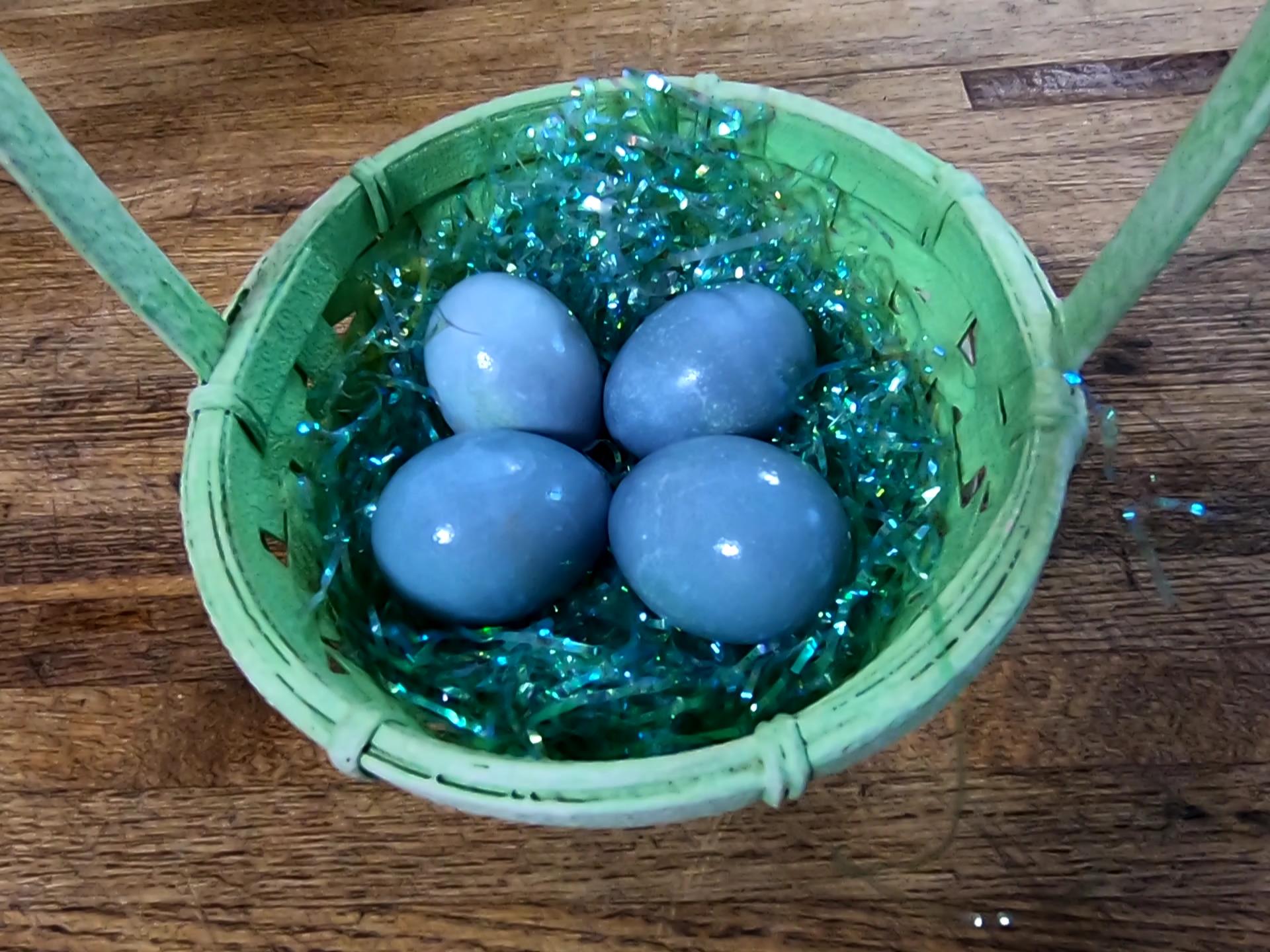
Supplies:
- red cabbage
- large knife
- pot
- water
- vinegar
- baking soda
- glasses or bowls
- oil (I uses olive oil)
- paper towel
- and of course eggs. For this test pre-boiled eggs.
One of the fun dyes to use is from red cabbage. Red cabbage is a natural litmus, which means it changes color based on PH (acidity or base). The color of the eggs can range from blue to green.
For this, I am going to test how PH affects the color of the eggs.
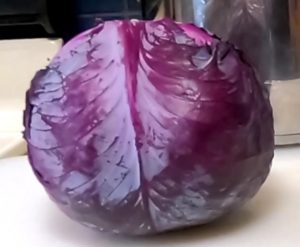
Preparing the Dye
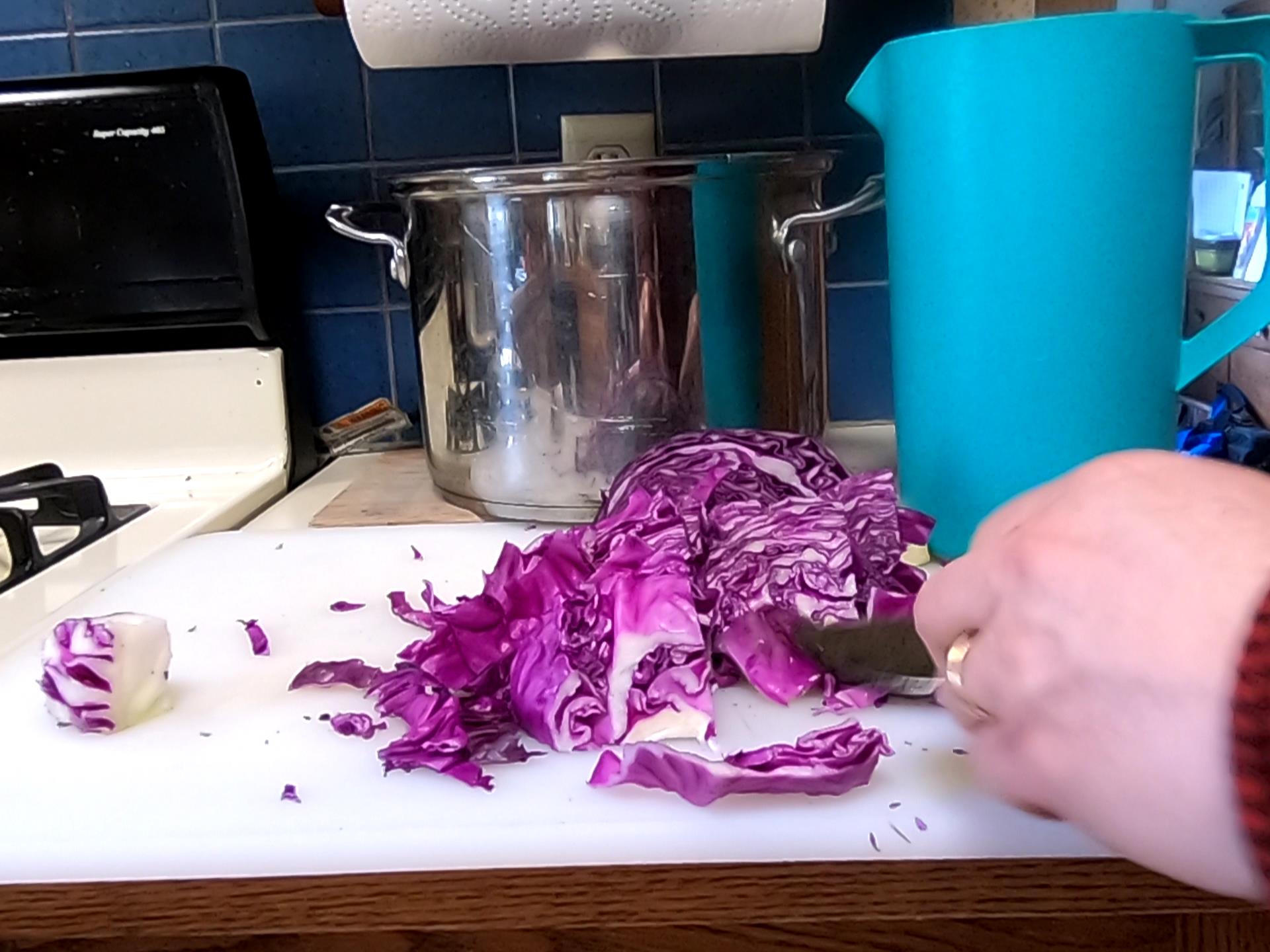

Chop up the cabbage into coarse pieces. You won't need the whole cabbage, but you can also use the dye for science experiments or make green eggs and ham.
Once the cabbage is chopped, add it to a pot, add water to the top of the cabbage and simmer until the cabbage is soft and the water has a deep color. At this point drain off the dye.
Dying the Eggs
To hold the dye, I used 5 plastic cups and a bowl, each cup had a 1/2 cup of dye and an egg. To the bowl, I added about 4 tablespoons of vinegar. To cups I added either vinegar (an acid) or baking soda ( a base), to see how they affected the color. What I added to the cups from right to left was 1 tablespoon of vinegar (far left), 1 teaspoon of vinegar, 1/2 teaspoon of vinegar, 1 teaspoon of baking soda and the last one on the right was only dye as a control.
The cups with vinegar turned pink, while the cup with the baking soda turned darker blue. I let the eggs soak overnight in the refrigerator.
In the morning the dye in the cups turned a more bluish (less red) according to the amount of vinegar used. This is partially due to the calcium carbonate (CaCO3) which makes up the eggshells because it is a base.
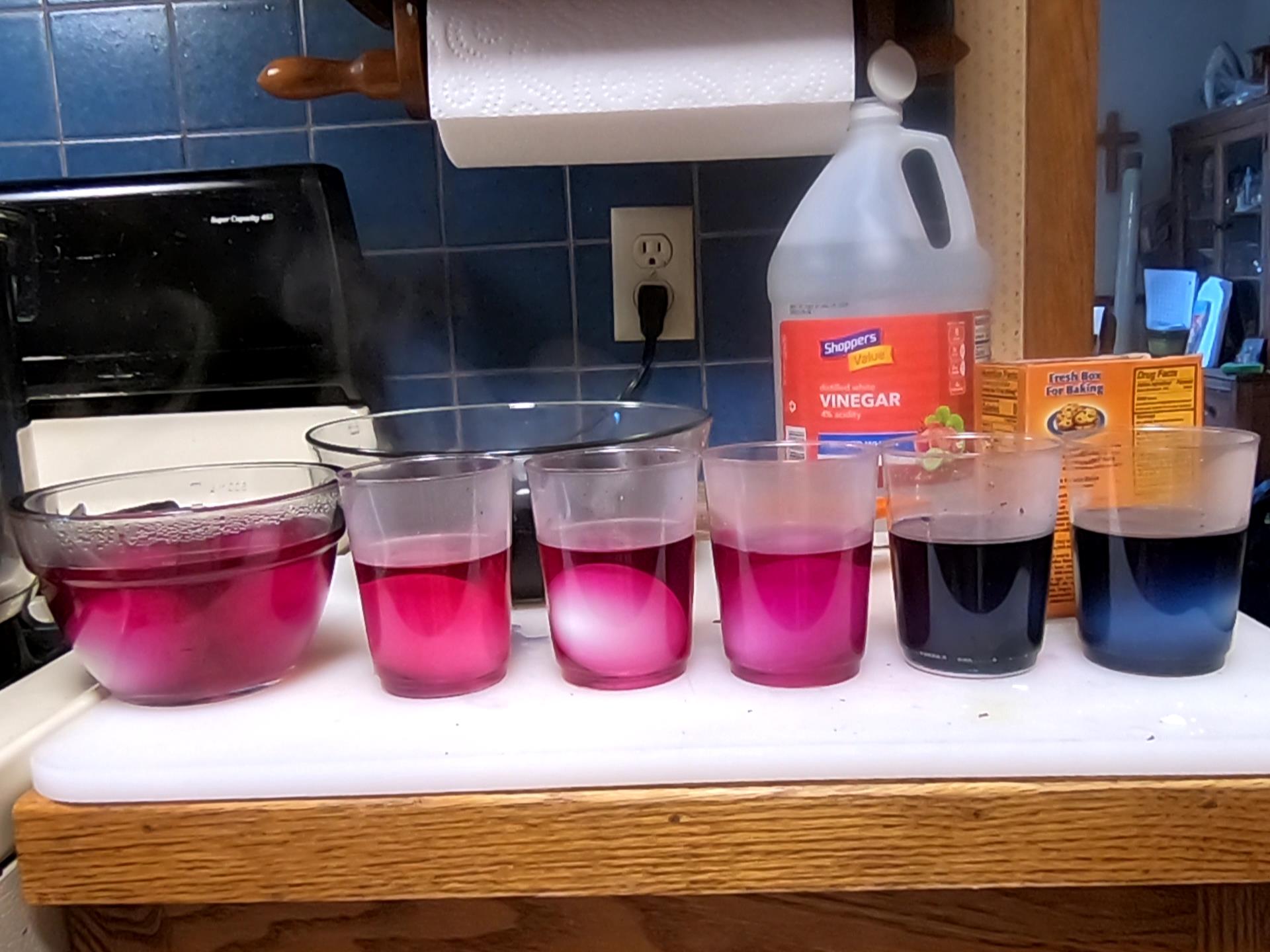

The Results
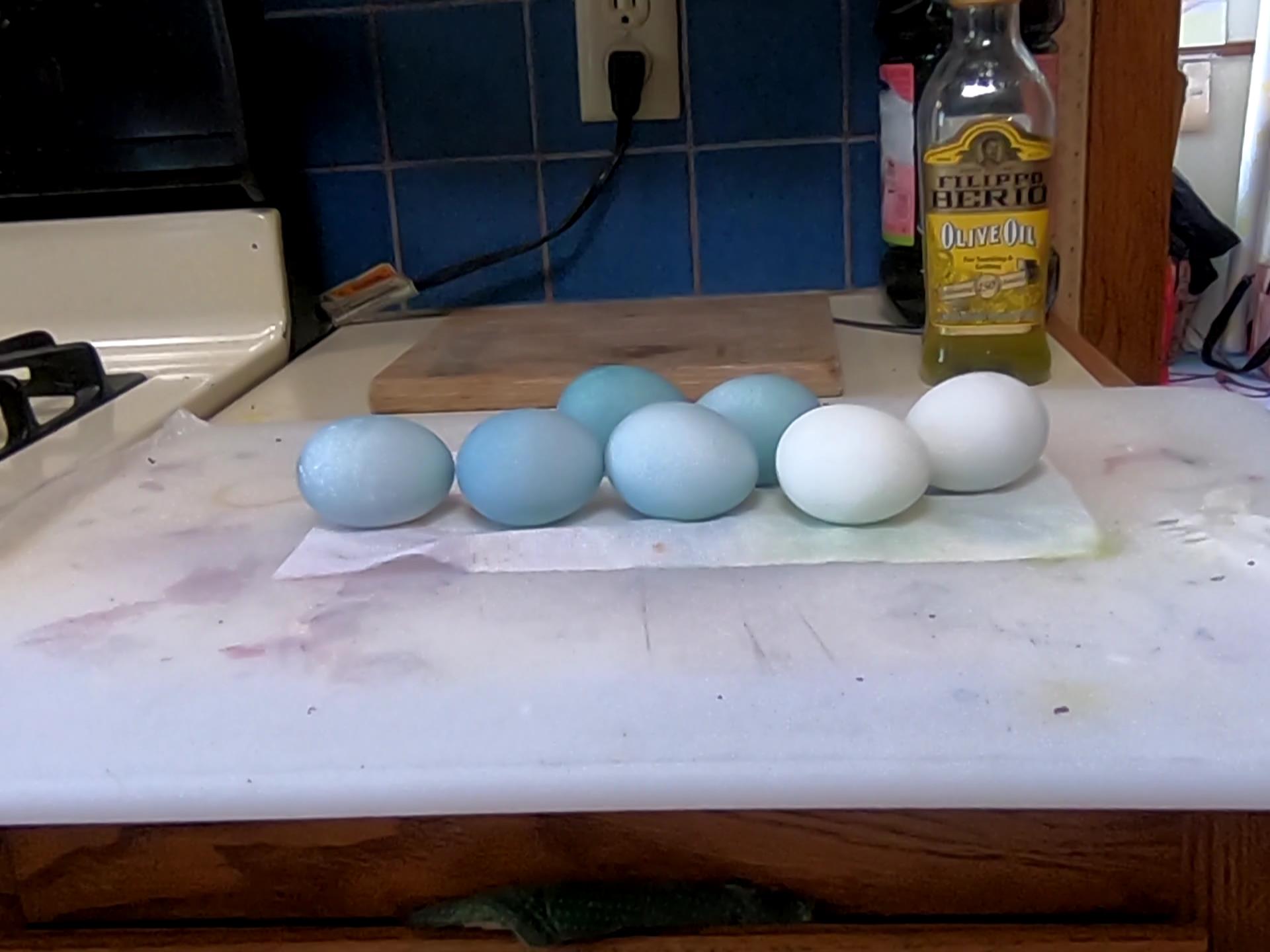
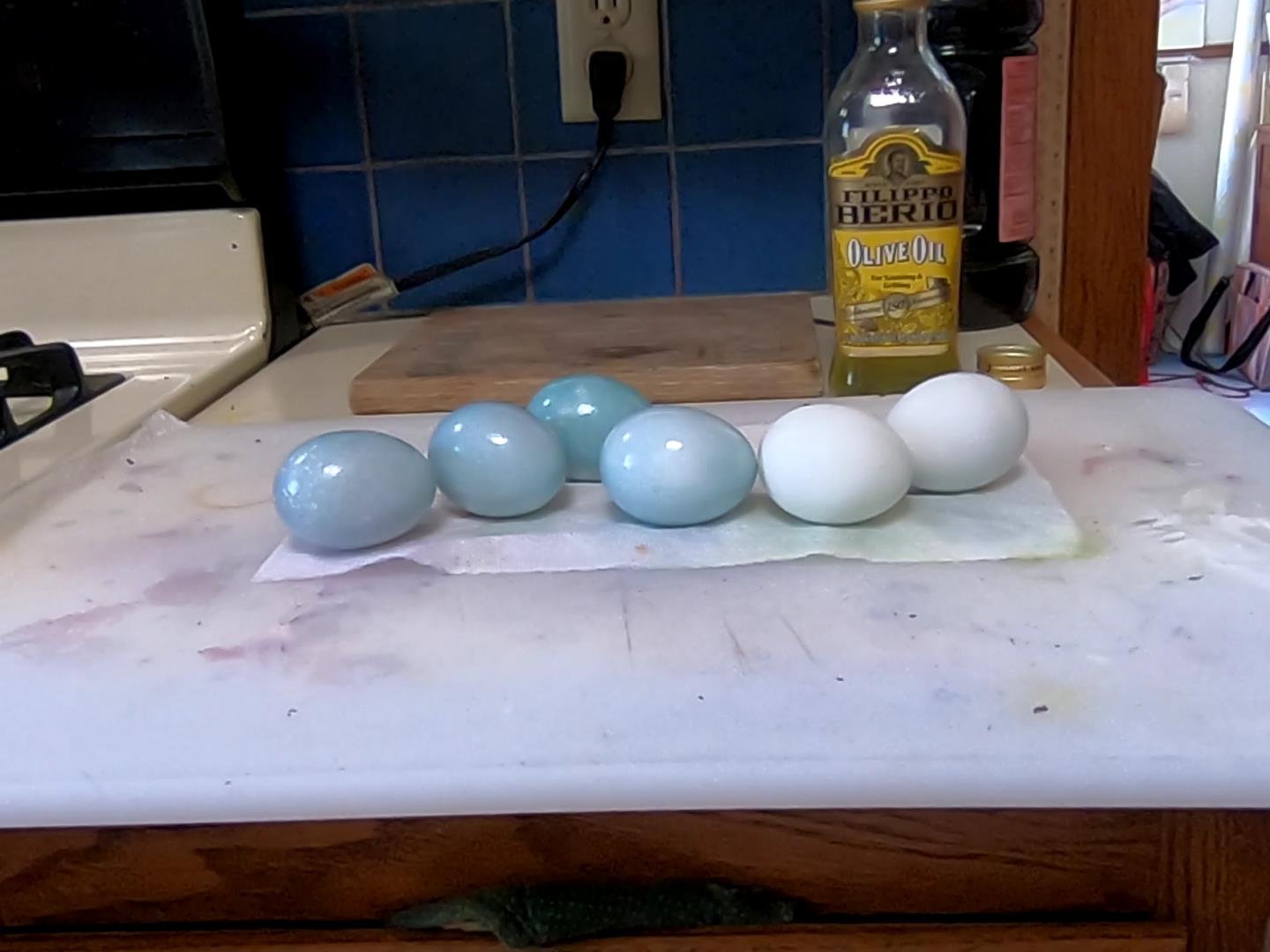
In the first picture, the eggs were removed from the dye, the ones in vinegar turned a robin egg blue. Were the one with baking soda and the control took on almost no color change.
The more vinegar, the darker the color. However, too much vinegar can cause spots on the eggs where the vinegar dissolved the calcium carbonate and formed CO2 gas.
In the second picture, the eggs were finished off with a light coating of olive oil on a paper towel. This gives the eggs a nice sheen and helps preserve the eggs.

